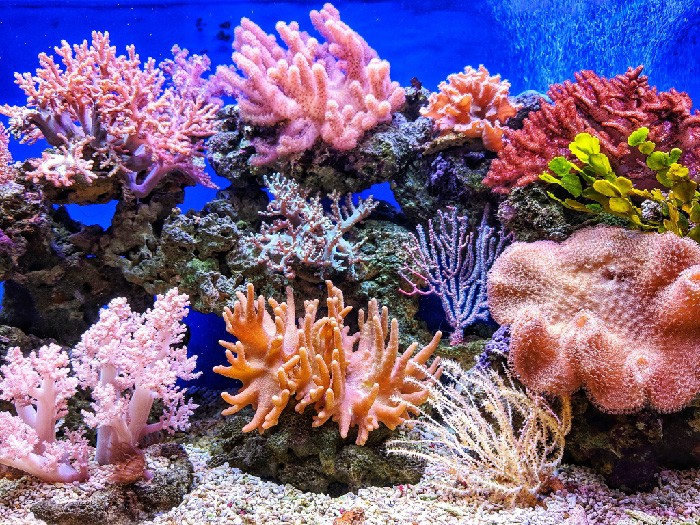Chemistry Matters — Naturally Occurring Organohalides
Just forty years ago in 1980, only about 30 naturally occurring organohalides were known. It was simply assumed that chloroform, halogenated phenols, chlorinated aromatic compounds called PCBs, and other such substances found in the environment were industrial pollutants. Now, less than half a century later, the situation is quite different.
More than 5000 organohalides have been found to occur naturally, and tens of thousands more surely exist. From a simple compound like chloromethane to an extremely complex one like the antibiotic vancomycin, a remarkably diverse range of organohalides exists in plants, bacteria, and animals. Many even have valuable physiological activity. The pentahalogenated alkene halomon, for instance, has been isolated from the red alga Portieria hornemannii and found to have anticancer activity against several human tumor cell lines.

Some naturally occurring organohalides are produced in massive quantities. Forest fires, volcanic eruptions, and marine kelp release up to 5 million tons of CH3Cl per year, for example, while annual industrial emissions total about 26,000 tons. Termites are thought to release as much as 108 kg of chloroform per year. A detailed examination of the Okinawan acorn worm Ptychodera flava found that the 64 million worms living in a 1 km2 study area excreted nearly 8000 pounds per year of bromophenols and bromoindoles, compounds previously thought to be non-natural pollutants.
Why do organisms produce organohalides, many of which are undoubtedly toxic? The answer seems to be that many organisms use organohalogen compounds for self-defense, either as feeding deterrents, irritants to predators, or natural pesticides. Marine sponges, coral, and sea hares, for example, release foul-tasting organohalides that deter fish, starfish, and other predators. Even humans appear to produce halogenated compounds as part of their defense against infection. The human immune system contains a peroxidase enzyme capable of carrying out halogenation reactions on fungi and bacteria, thereby killing the pathogen. And most remarkable of all, even free chlorine—Cl2—has been found to be present in humans.
Figure 6.4 Marine corals secrete organohalogen compounds that act as a feeding deterrent to fish. (credit: “Coral reef” by Qui Nguyen, United Nations Environment Programme/Flickr, Public Domain)
Much remains to be learned—only a few hundred of the more than 500,000 known species of marine organisms have been examined—but it’s clear that organohalides are an integral part of the world around us.

